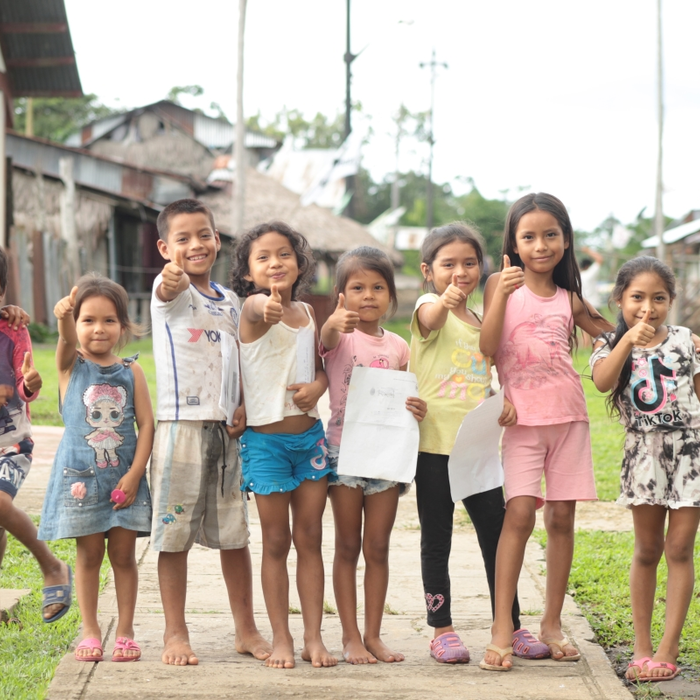USAID’s Top 10 Education Highlights in 2020
 Photo Credit: Kashish Das Shrestha for USAID
Photo Credit: Kashish Das Shrestha for USAID
Before we move into 2021, we wanted to take a look back at what education looked like in 2020. A lot of content this past year focused on how the COVID-19 pandemic affects education across the world. We also developed several learning modules, learning series, and toolkits.
Below, we’ve rounded up a few of the top resources, blogs, and events USAID released this past year.
USAID’s Top 10 Education Highlights in 2020
1. The Global Education Learning Series
Throughout the Learning Series, participants had the opportunity to join panel discussion webinars, “Tea with an SME” sessions, the EducationLinks discussion forum, the online learning modules, and more. You can still find the past event recordings, resources, Q&A documents, and more for each theme here.
2. Online Learning Modules
These courses provide a 60-minute, self-paced, online learning experience that covers foundational information in seven technical areas:
- Pre-primary Education
- Disability Inclusive Education
- Youth Workforce Development
- Reading and Literacy
- Social and Emotional Learning and Soft Skills
- Higher Education
- Education in Crisis and Conflict
3. Education Resources in Response to Coronavirus (COVID-19)
These curated resource collections feature resources related to:
- Distance Learning
- Psychosocial Support, Safety, and Social Emotional Learning
- Return to Learning and School Re-opening
- Data-Driven Emergency Response Planning
4. Delivering Distance Learning in Emergencies
This literature review provides evidence on four effective distance learning modalities that can be implemented in USAID-recipient countries during and beyond emergencies. These four distance learning modalities—radio/audio, video/television, mobile phone programming, and online learning—are examined alongside the technologies used to access distance learning (radios, mobile phones, televisions, tablets, and, to a lesser extent, computers).
5. Monitoring, Evaluation, and Learning (MEL) During The COVID-19 Pandemic
This guidance outlines six key principles that all USAID-funded efforts to monitor, evaluate, or learn should follow during the COVID-19 pandemic, as well as eight recommendations for altering or adapting specific components of activity MEL plans.
Don’t Miss A New Resource In 2021
Sign Up for Weekly Updates on Topics of Interest from EducationLinks6. Returning to Learning During Crises Toolkit
This toolkit helps education planners plan and make key decisions on the return to learning during and after education disruptions caused by crises, such as COVID-19, in a way that is equitable, inclusive, and builds the resilience of education systems.
7. Education Reporting Toolkit
This toolkit contains a complete listing of resources available about changes to USAID education reporting in 2020.
8. USAID Cost Measurement
This cost measurement initiative works to establish systems and processes for capturing and analyzing the costs of education interventions, increases transparency to allow for the linkage of costs to outcomes, and enables value-for-money analysis, thus providing a pathway toward resource optimization across programs and contexts.
9. USAID Learning Agendas
Each learning agenda was produced in wide consultation with stakeholders inside and outside of USAID and takes into account cross-cutting themes such as gender, disability inclusive education, education finance, cost, and information and communications technology.
10. The Importance of Accessible Learning Materials
This blog discusses how the Universal Design for Learning (UDL) is a useful educational framework that helps develop flexible learning environments. The UDL approach can create a learning environment meeting all students’ needs.
Are there any topics we missed that you’d like to see us cover next year? Submit your idea for education-related content here.
Related Blog Posts

Unlocking a World of Learning

Exploring Three Resources in the PSS-SEL Toolbox
